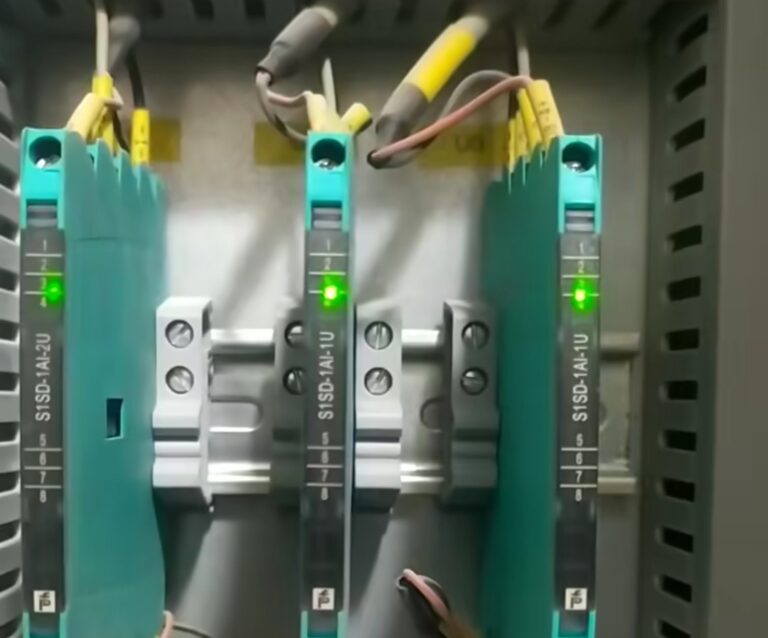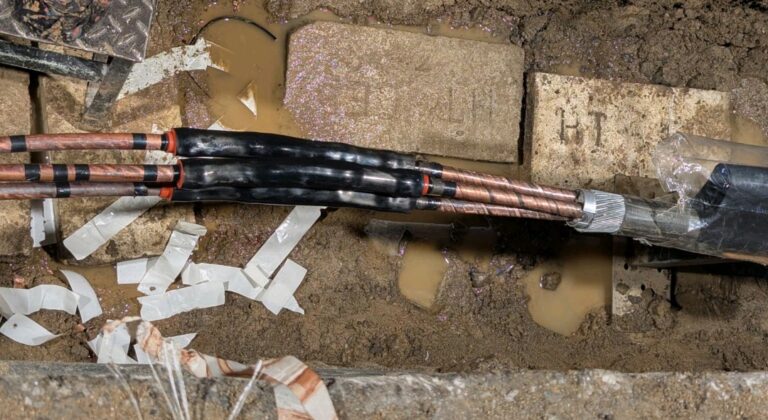The Neutral Grounding Resistor (NGR) short circuit time withstand rating is commonly specified as 10 seconds due to a balance between system protection, thermal design limitations, and standardized industry practice.
Here’s a breakdown of why this 10-second duration is used:
🔹 1. System Protection and Coordination Needs Purpose of NGR: In medium-voltage systems, an NGR is used to limit the fault current during a single line-to-ground (SLG) fault to a safe value (typically 50 A to 400 A), protecting equipment and minimizing arc flash hazards. The 10-second window allows time for: Ground fault detection Relay operation Circuit breaker tripping Many protection relays (e.g., for 51N or 51G) are designed to operate well within this timeframe.
🔹 2. Thermal Time Constant of the NGR NGRs are resistive elements designed to absorb energy during a fault. The 10-second duration represents the maximum time the resistor can safely carry rated fault current without overheating or degrading. It’s a thermal rating based on the I²t (current squared × time) energy absorbed. After 10 seconds, the resistor may exceed its safe temperature limits unless it’s oversized, cooled, or de-energized.
🔹 3. Industry Standards and Utility Practice Standards such as IEEE C37.101, IEEE 32, and IEC 60076-7 often reference 10-second withstand durations for fault currents in NGR and grounding transformer applications. It has become an industry standard value for both procurement and design consistency. Utilities and OEMs typically size equipment (relays, CTs, cables) expecting fault clearance within 10 seconds for ground faults in high-resistance grounded systems.
🔹 4. Protection Selectivity and Safety 10 seconds provides enough time for selective coordination, especially in large industrial systems with downstream relays. It avoids nuisance tripping while ensuring the fault is cleared safely before the NGR or other components are damaged.

